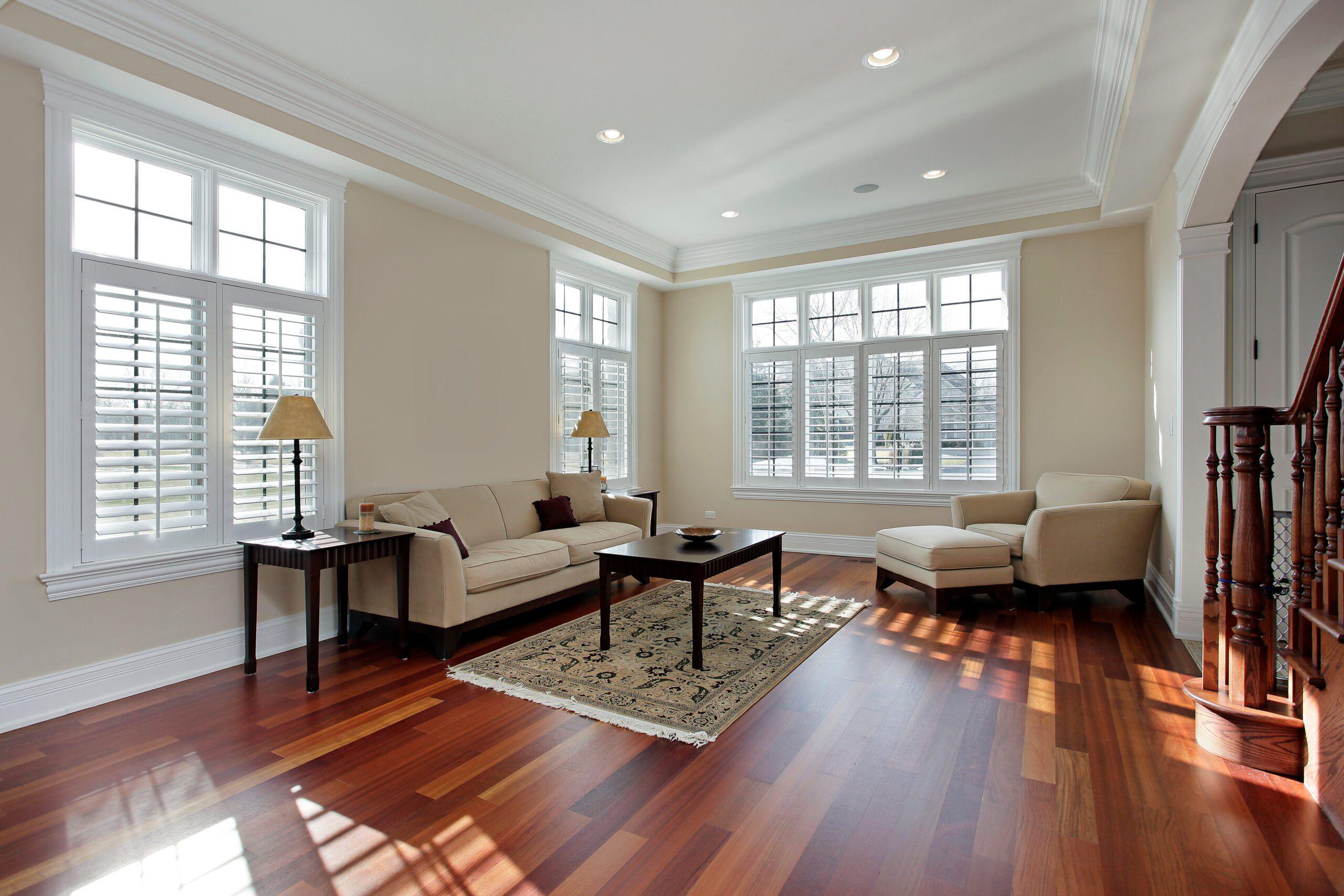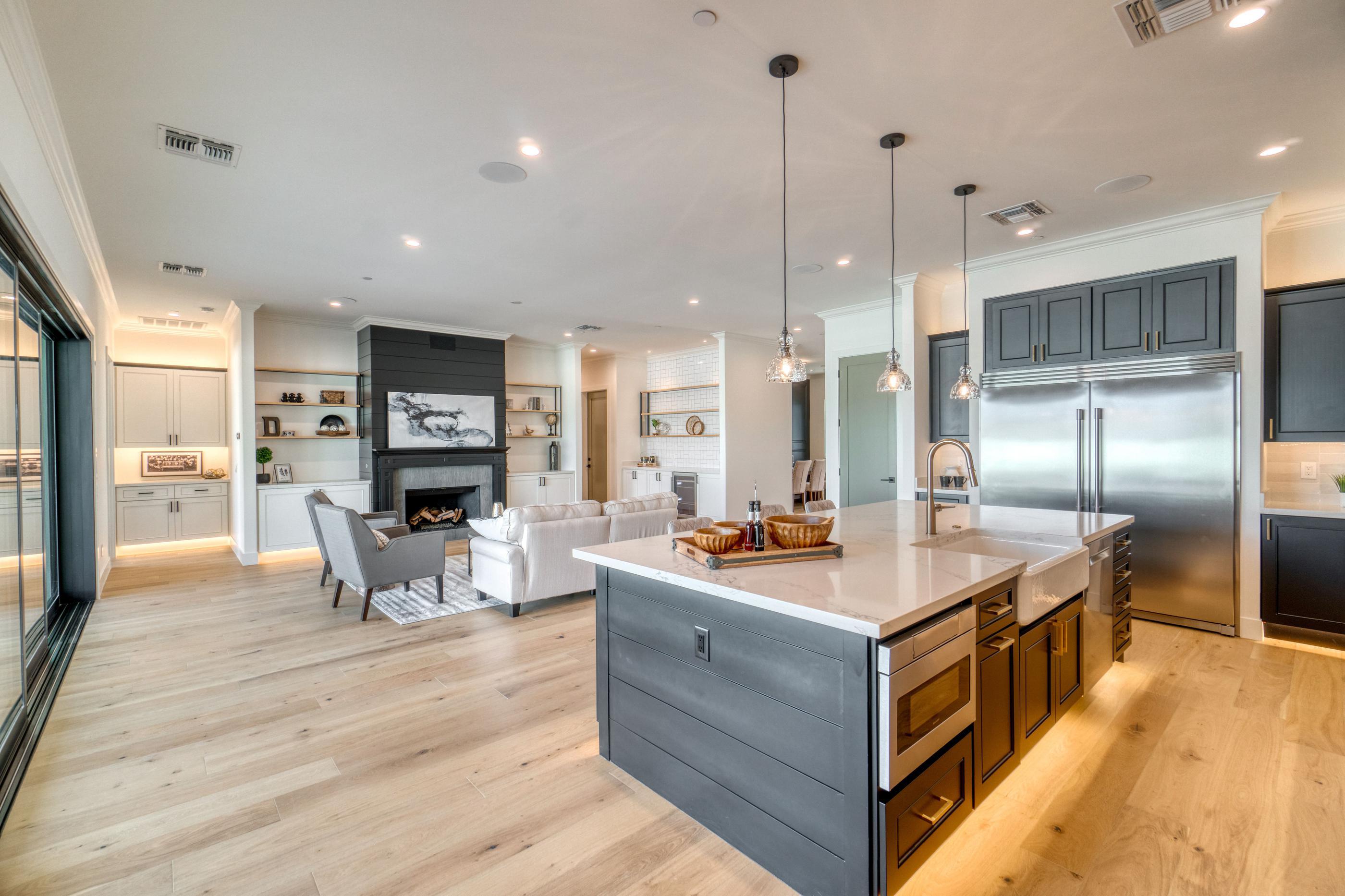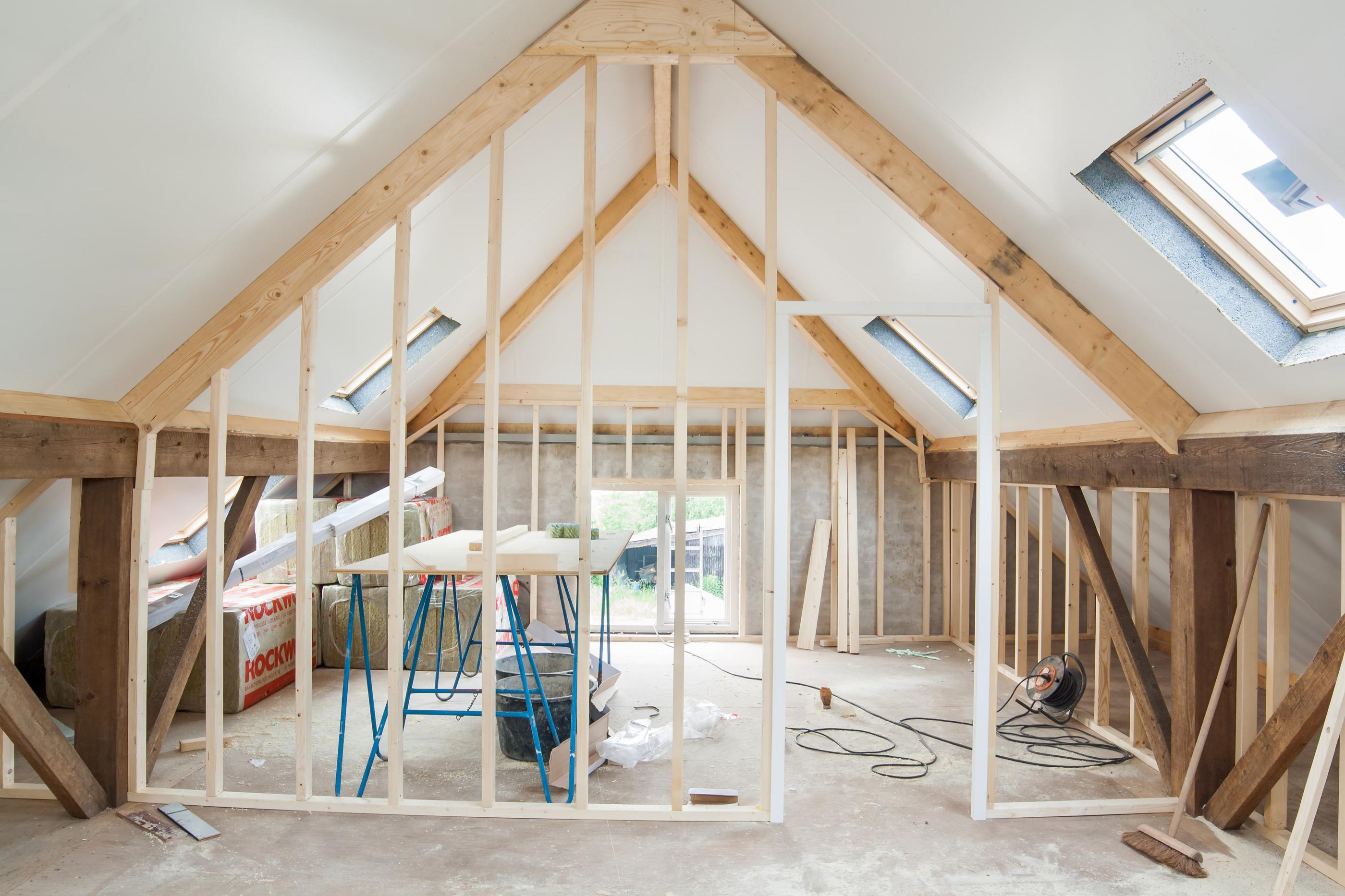There’s a sentiment sweeping social media, and it’s making more people reconsider their remodels. Homeowners are, according to commenters, over-modernizing their old homes. Molding is pried off in favor of minimal, neutral design. Custom shaker cabinets are replaced with contemporary slab fronts. And you may as well stay offline forever if you put gray vinyl plank over hardwood in any condition.
Everyone has their reasons for making these remodel decisions. It may suit their growing families and lifestyles. Perhaps they need to “match” the surrounding homes to attract buyers. In any case, owners are free to style their properties as they see fit.
But if you want to avoid erasing an old home’s history entirely, stay tuned. We’re sharing some principles for modernizing old homes while preserving their character.
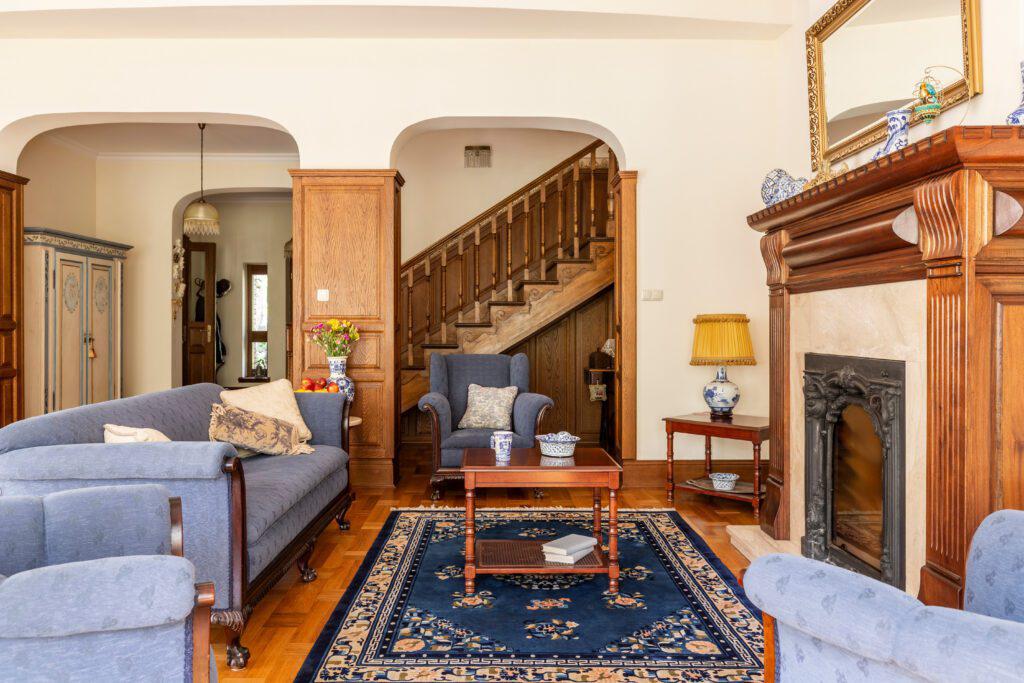
First, research (and explore) your home.
An old home isn’t necessarily a historic home, so clarify which home you have first.
Old homes–Living structures that were built more than 50 years ago.
Historic homes–Old homes associated with events of historic importance or featuring architecture that has exceptional historic or artistic value.
If you have a historic home, your desires may come second to a host of regulations. Look over our post on remodeling historic homes for more background.
Just because your old home isn’t historic doesn’t mean it isn’t significant or exemplary. Craftsmanship was a much bigger deal ages ago, and this is some of the character we want to keep. If your home is typical of an era, that alone can influence how you update it. Some quick examples of popular designs of the past:
- The 1920s saw more open-concept layouts come into fashion, as well as geometric shapes and tilework. This continued through the WWII era and saw the introduction of more ceramic and even glass brick.
- The single-level ranch-style and midcentury modern homes of the 1950s emphasized features like large windows and attached garages.
- The 60s brought in split-level homes and sunken living areas. Meanwhile, the postmodern era of the 70s incorporated features from every era, adding in a renewed appreciation for natural materials and clean lines.
So, compare your property to others of similar age and see what features, if any, are part of the time capsule.
Final tip: Eliminate surprises before beginning any remodeling. A thorough inspection can be a big help. And always bear in mind that this may not be the first remodel. Take a “peek” underneath flooring and behind wallpaper to see what you’re really working with.
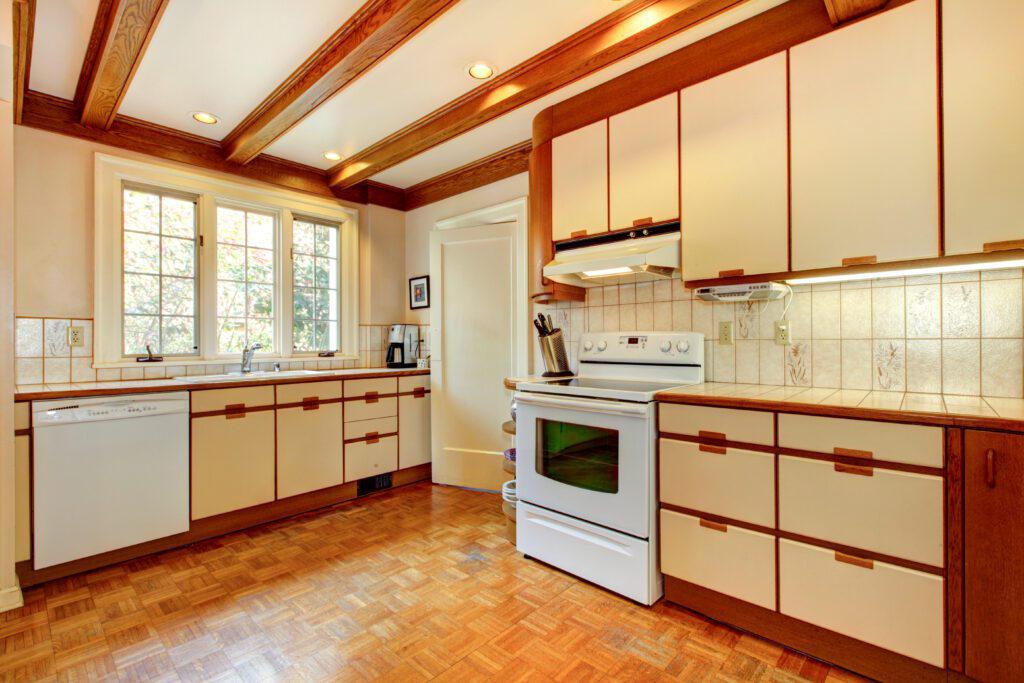
Next, reframe your idea of “dated.”
Orange oak cabinets aren’t for everyone, it’s true. Nor are sliding glass doors. But the last thing you want to do is get demo-happy and rip it all out. You’ll experience intense pangs of regret every time others discuss the relevance and charm of a feature you used to or could have had.
“Outdated” features you want to consider keeping:
- Original, genuine woodwork like flooring (including parquet), millwork, and paneling
- Uniquely shaped windows and stained glass
- Brick fireplaces and walls
- Quality, custom cabinets significant to the era
- Features rarely seen today, like dumbwaiters and Dutch doors
- Interesting tilework, particularly in colors and shapes rarely available
On the other hand, you do most likely want to rid yourself of the following. They’re probably not as charming as you first thought:
- Old carpeting, especially shag
- Sketchy appliances like vintage microwaves
- Peeling or stained wallpaper
- Old faux-finish plywood paneling in any state of disrepair
- Mass-produced old light fixtures (domes and fake wood ceiling fans, anyone?)
We can get swept up by nostalgia when we buy an older home. A good rule of thumb is to consider completely removing what cannot be restored. And by “restored,” we don’t mean painting over that genuine brick or wood.
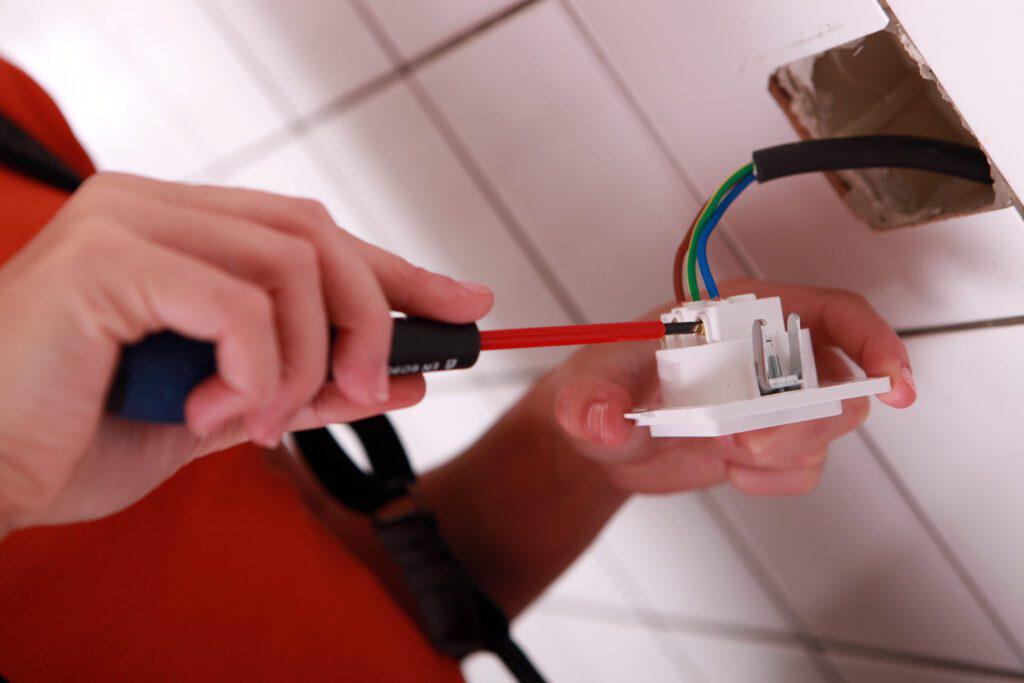
Modernize the home’s function first.
You may feel like you cannot move on with life until the 70s-era plywood paneling is replaced with drywall. Keep it on the list, but know that this isn’t even in the top five of what needs modernizing first. Here’s what to look at updating post-haste:
- Have a plumber replace corroded pipes and leaky fixtures.
- Inspect the water heater and update if necessary, especially to a more efficient model.
- Have an electrician inspect and update the electrical panel and wiring.
- Replace electrical devices, upgrading to smart switches and outlets if desired.
- Address any ventilation systems, upgrade ductwork as needed, and install smart thermostats.
- Switch to energy-efficient kitchen appliances.
Remember, new light fixtures won’t matter if the wiring is old and shoddy. Plumbing leaks will persist and damage new cabinetry. Very old fridges freeze over or dip below safe temperatures all of the time. Even if a lot of these updates cannot be seen, they will be felt every day.
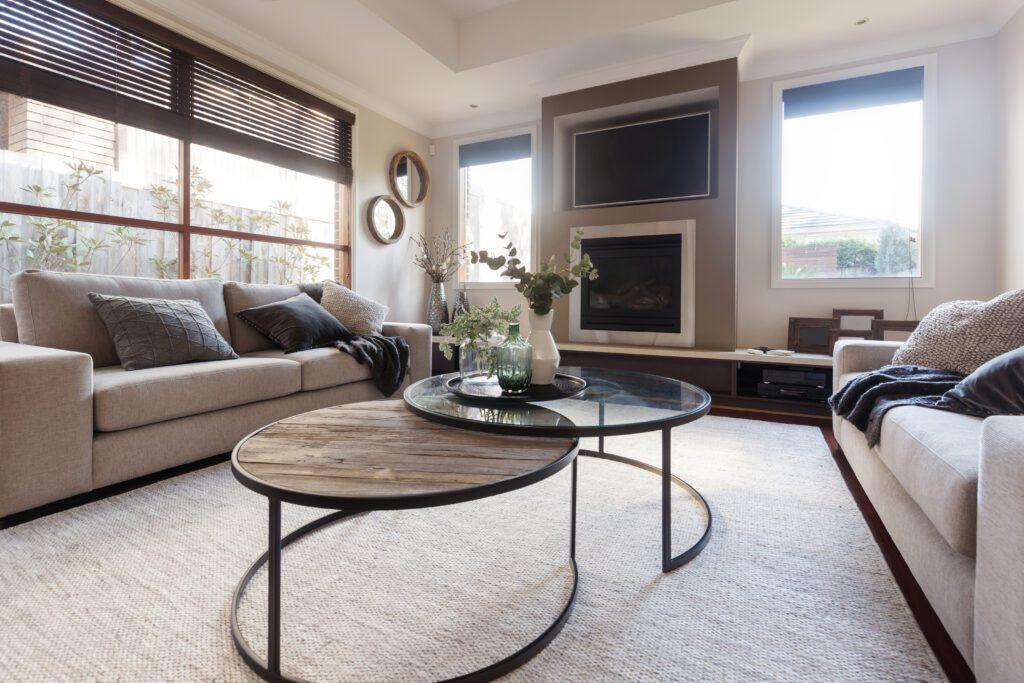
Decide if you’re going to go transitional or honor the era–and stick to it.
Tile countertops were extremely popular from around the late 60s until the 90s. Some say they’re coming back, but that’s not why you should consider keeping yours. This is just one example that helps take the temperature on how you’d like to proceed.
With the basic necessities covered, it’s time to pick a design principle and make it your guiding light.
Transitional design combines traditional looks with modern or contemporary features. You get the neutral palettes and streamlined décor that define the current climate. However, you retain nods to the home’s age, such as exposed wood beams or ornate scrollwork on the mantle.
In the kitchen, lovers of the transitional style would opt for modern countertops and new cabinets. Choosing a low-profile shaker design and vintage-look hardware would be the nod.
By contrast, a kitchen where the owner wishes to honor the era might keep the sturdier, custom features. New, modern appliances can be fully integrated into restored or reproduced cabinetry. Color palettes will include popular hues of the time instead of defaulting solely to neutral tones. A warmer taupe can adorn walls, but original features like cherry-toned wood flooring and staircases will dominate the vision.
The key to making it work is consistency, particularly if the layout is more open-concept. Most people don’t want to feel like they’re time-traveling as they move through disjointed concepts.
Get the custom features that speak to your old home’s character
Rusty hardware, severely warped flooring, and sagging cabinets. Modernizing your old home doesn’t mean replacing these with builder-grade or contemporary-style materials.
The Designery has the means and expertise to craft custom cabinetry that honors your old home’s age while fully integrating your modern appliances for a seamless look. We can even customize hardware for the perfect finishing touch. Plus, we can help select and install hardwood that complements what your home came with.
Book a free consult with a professional designer to begin.

